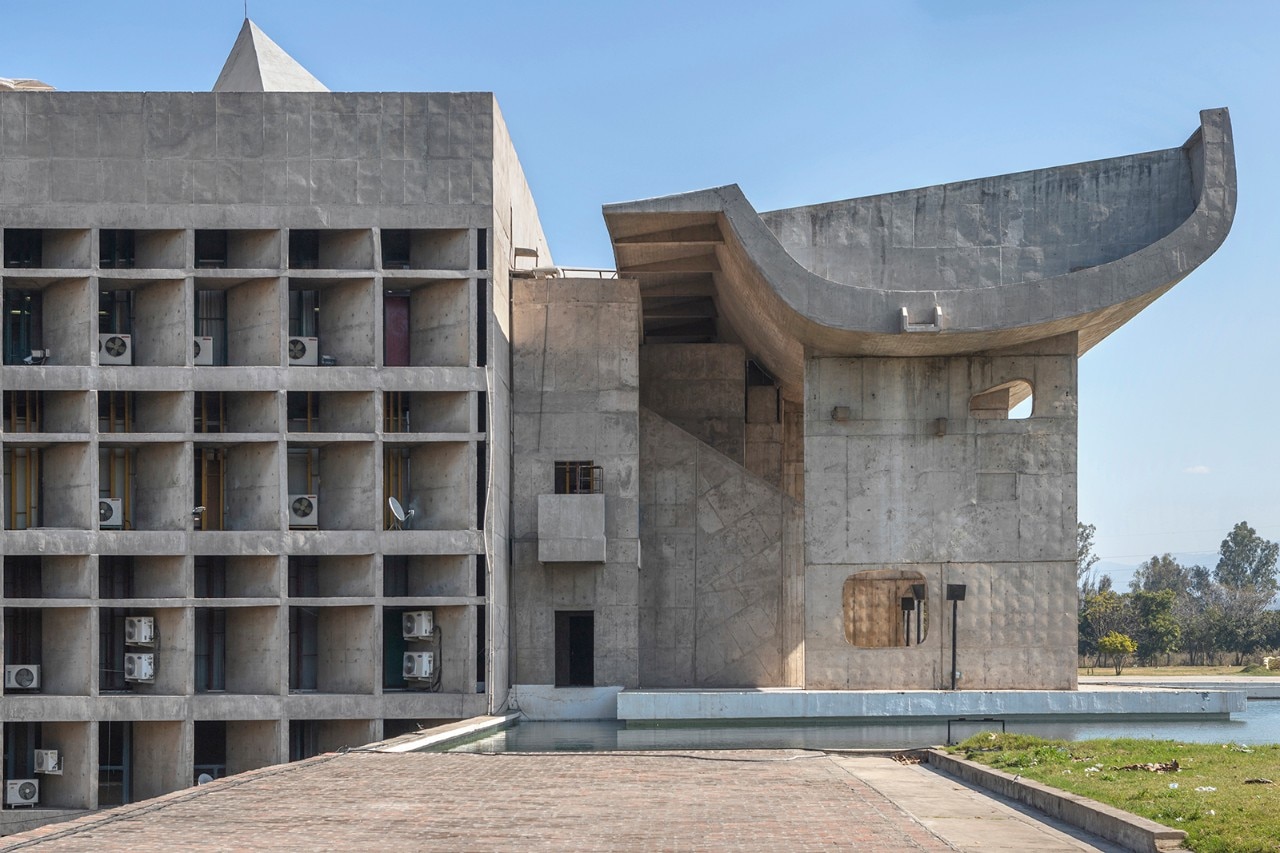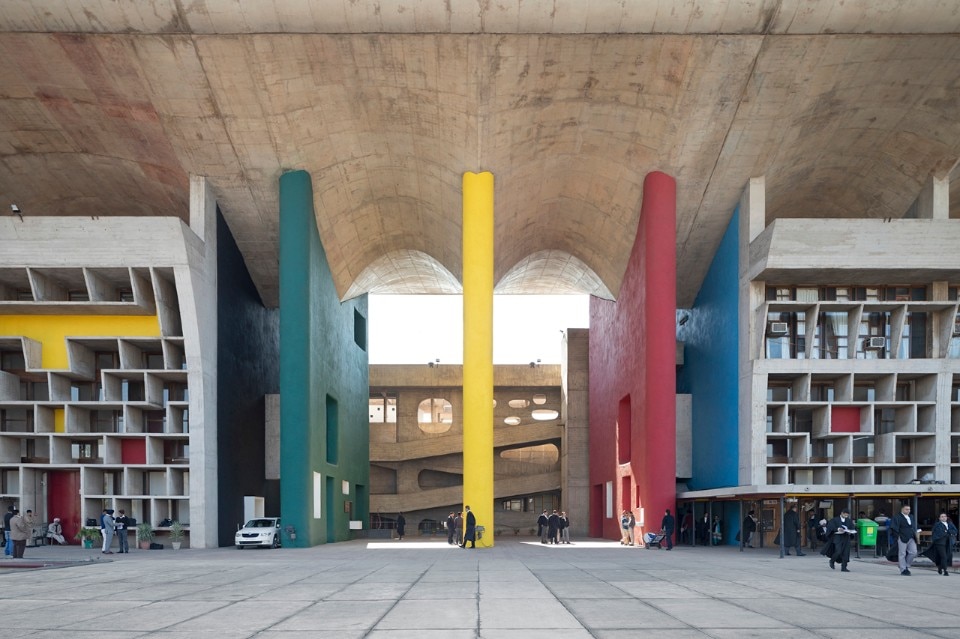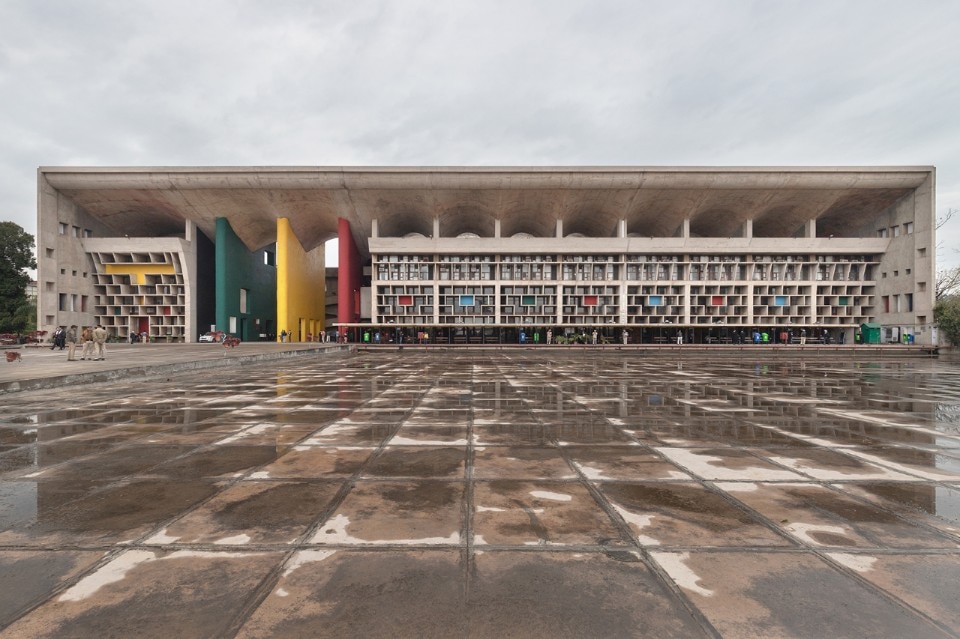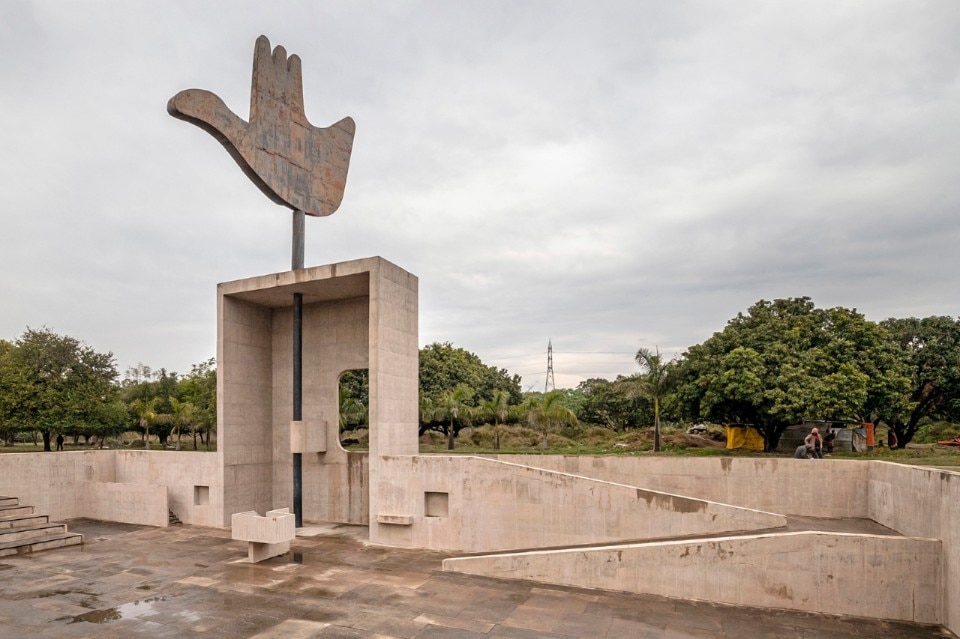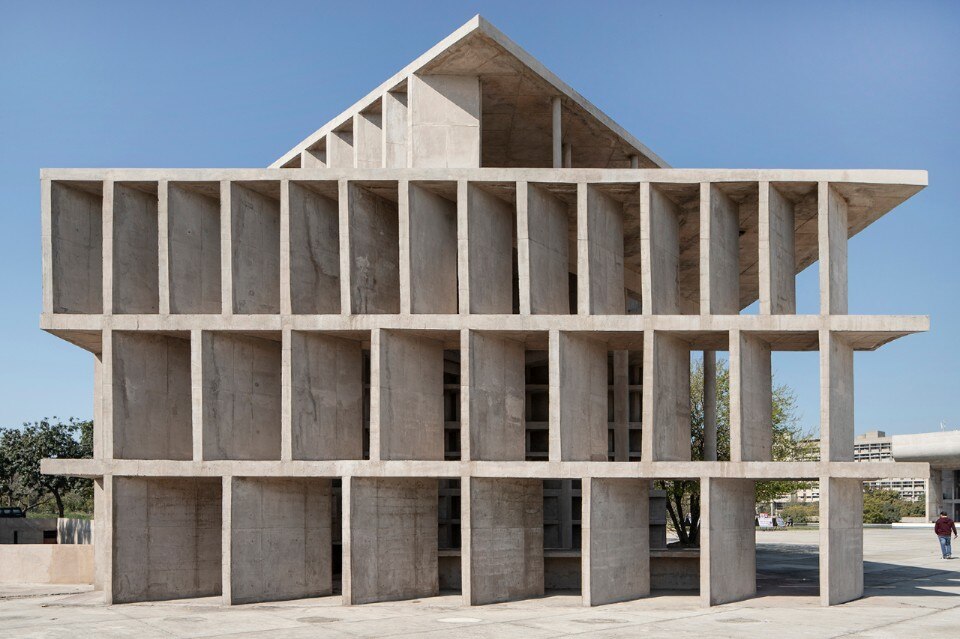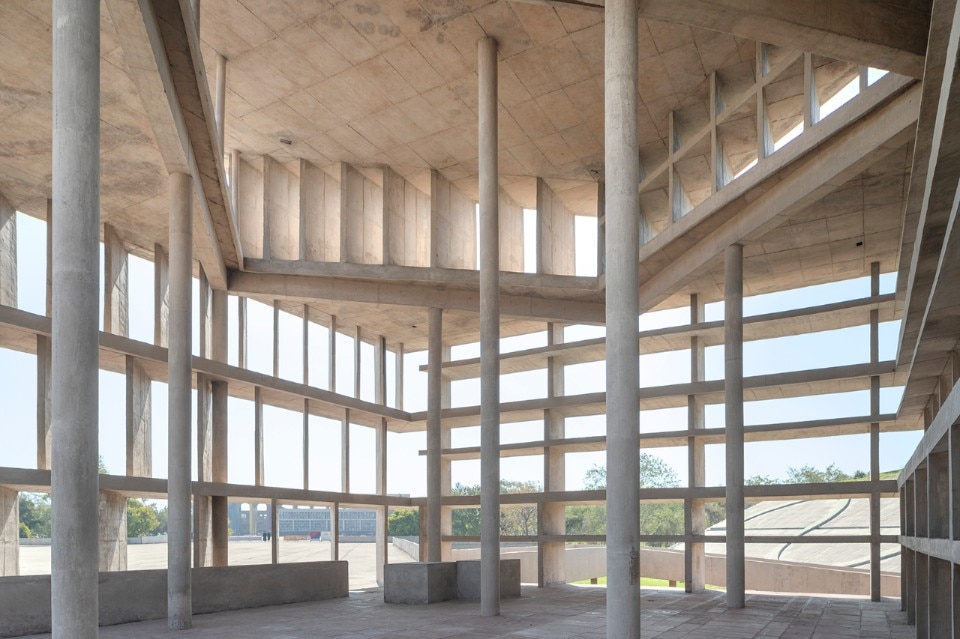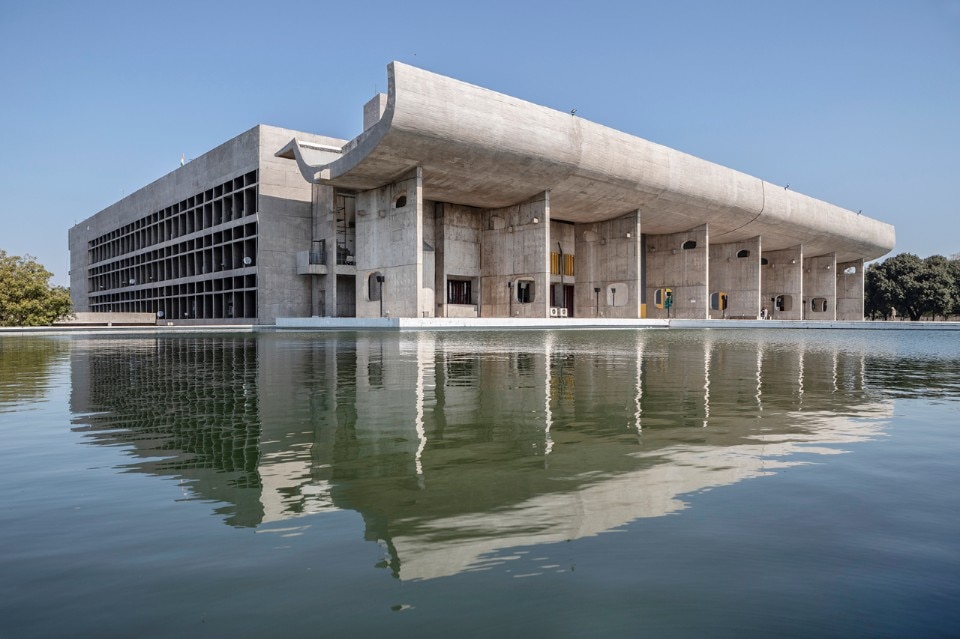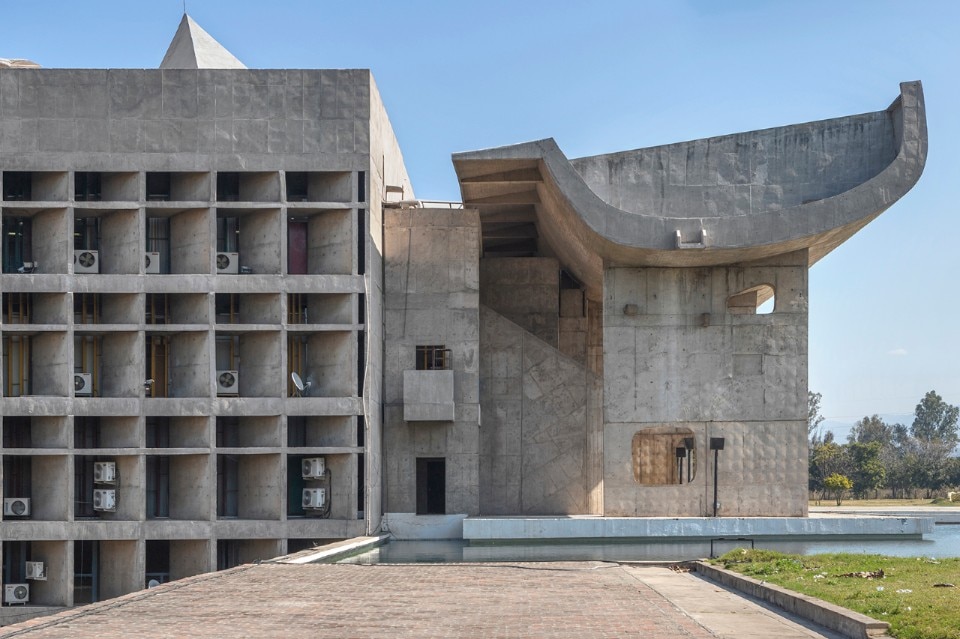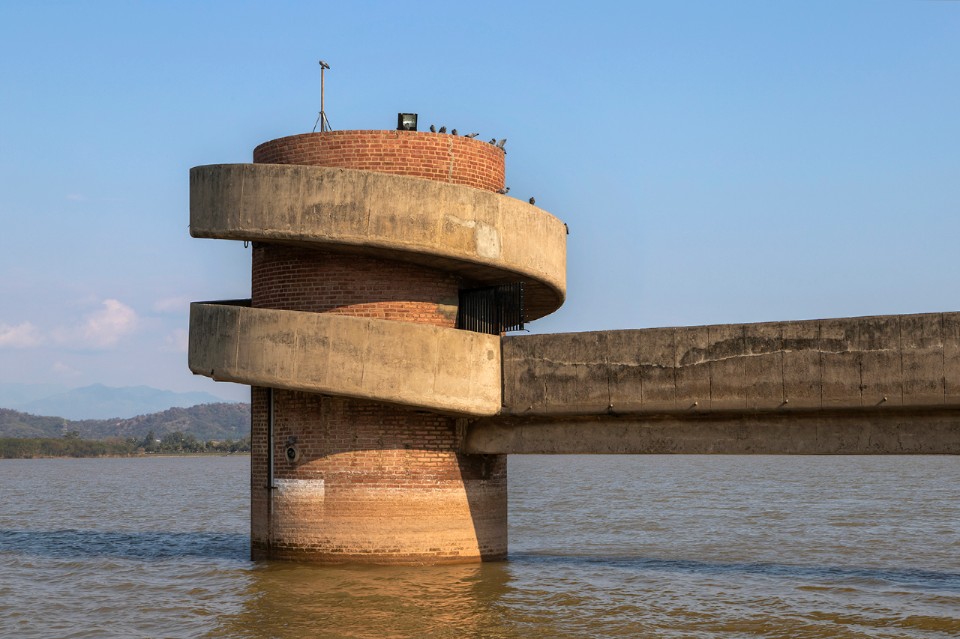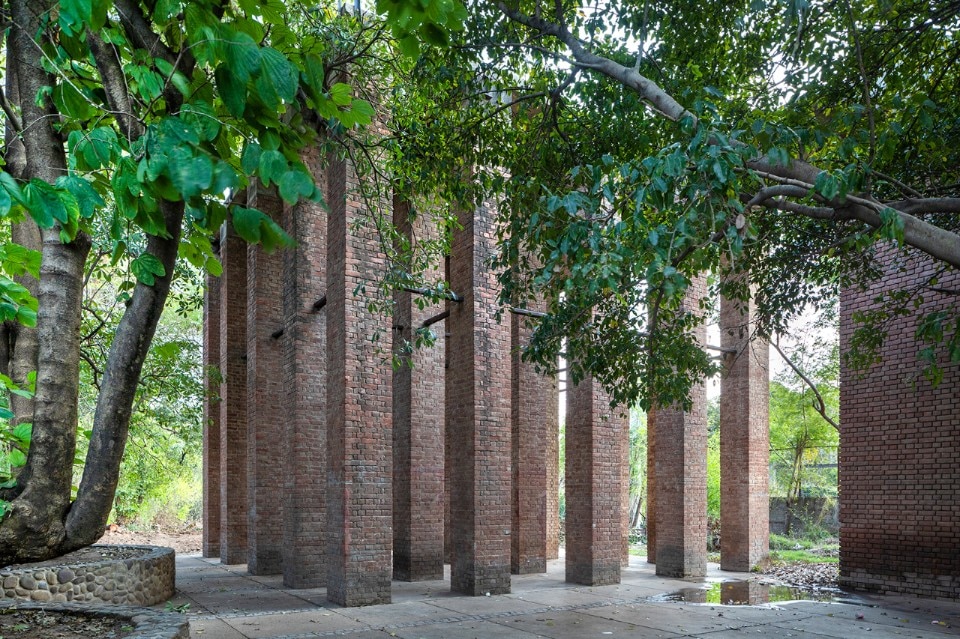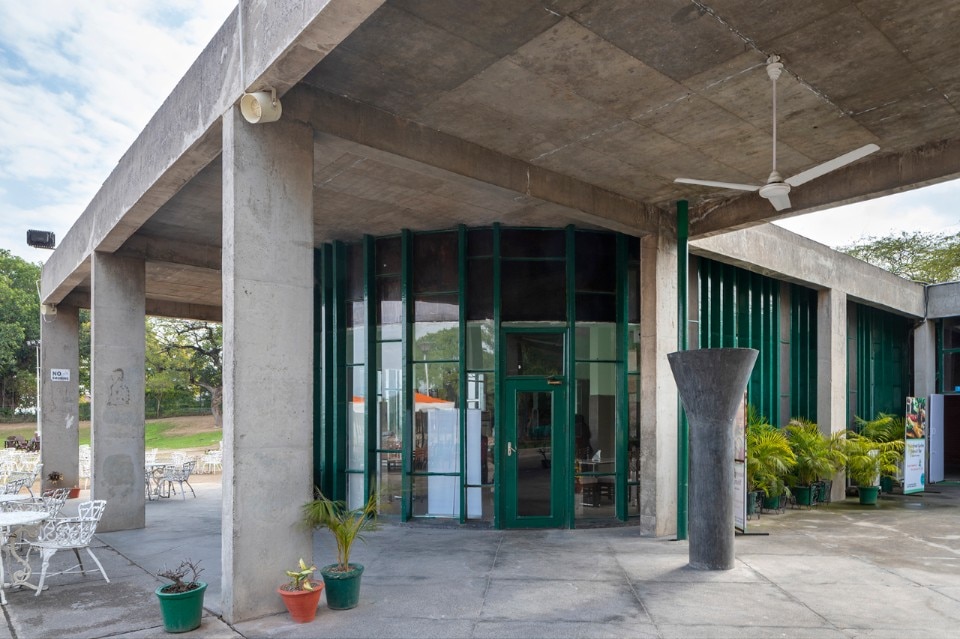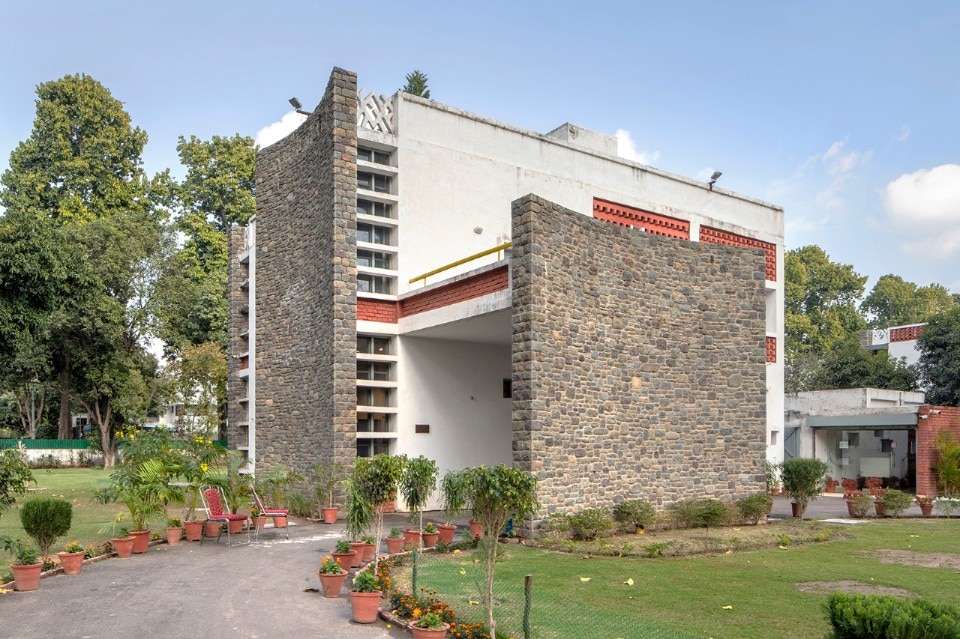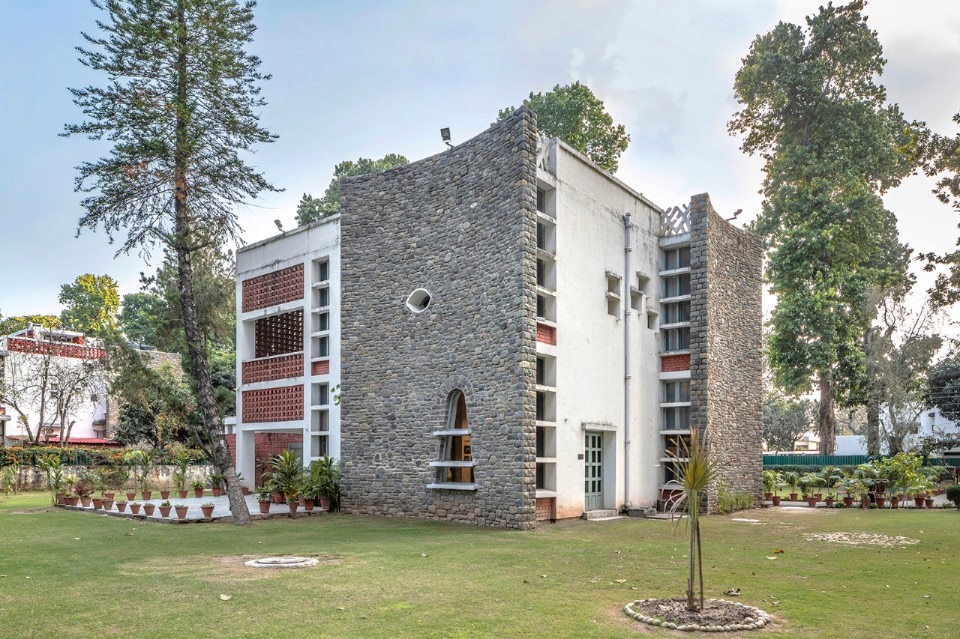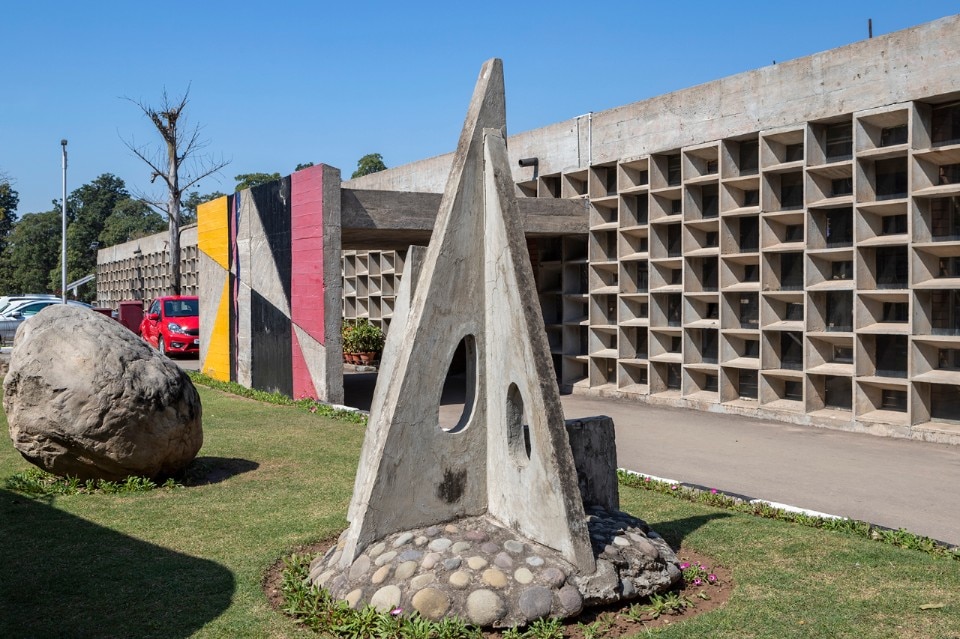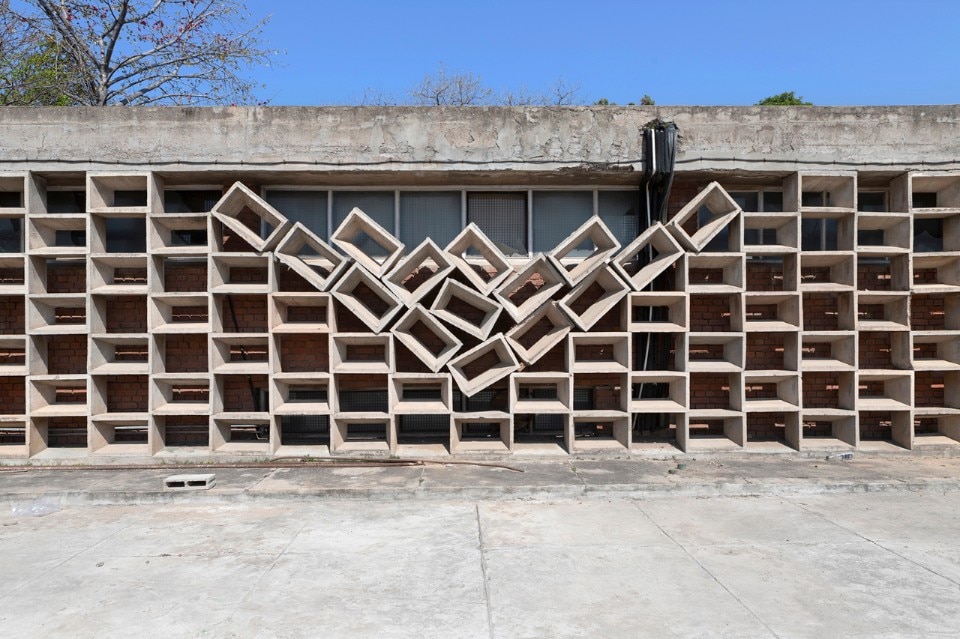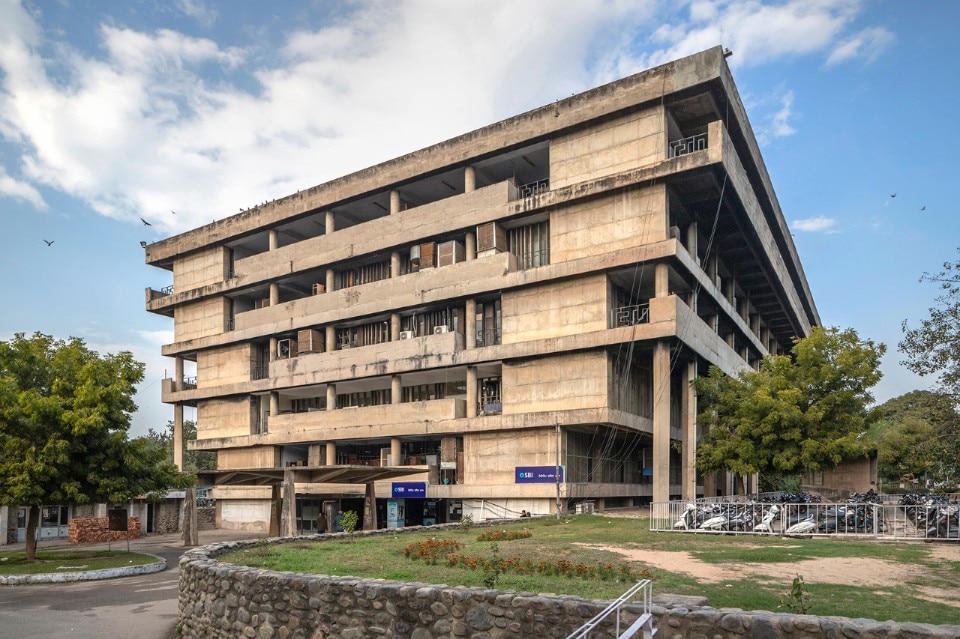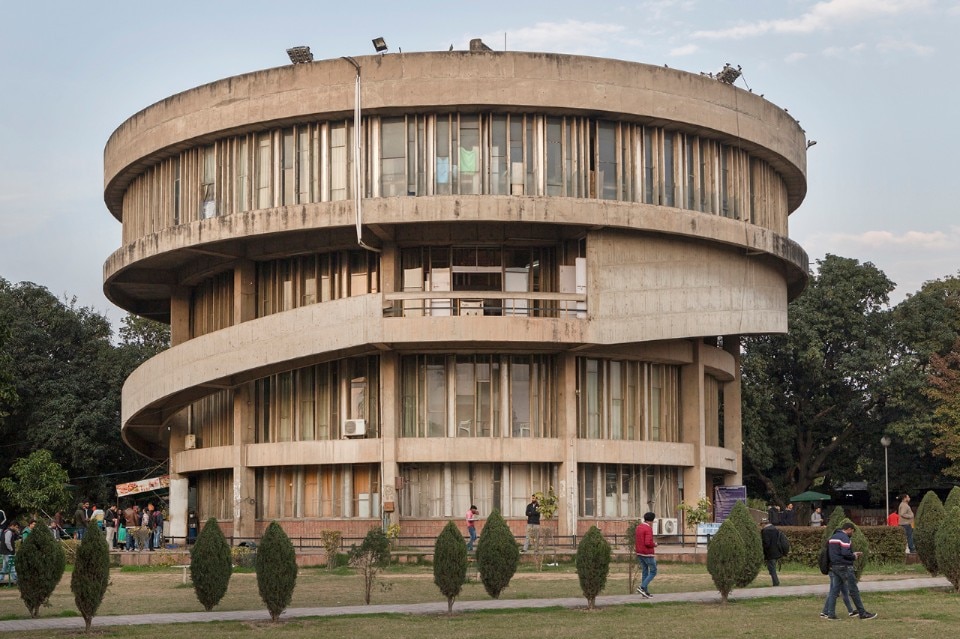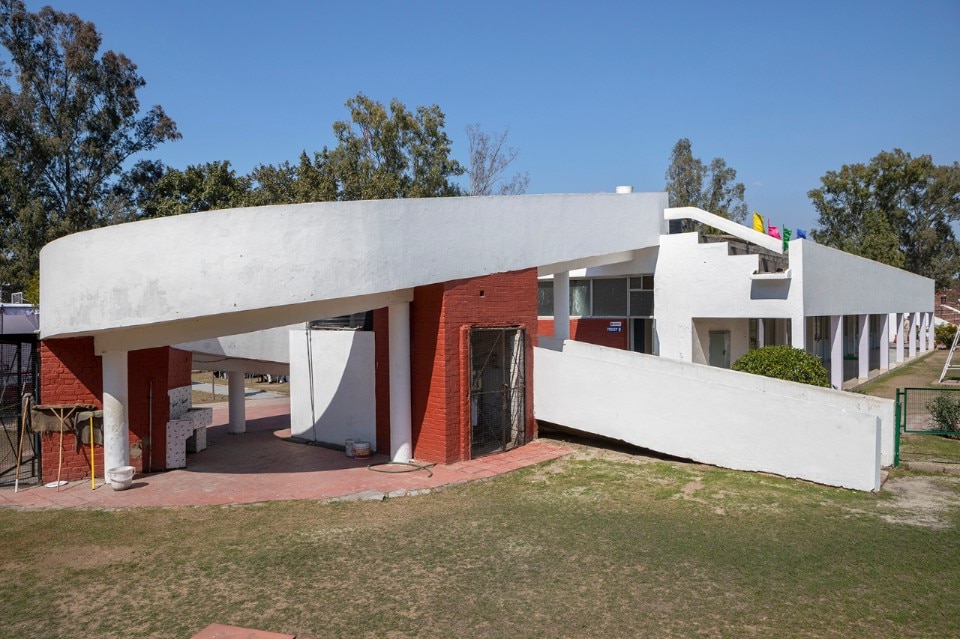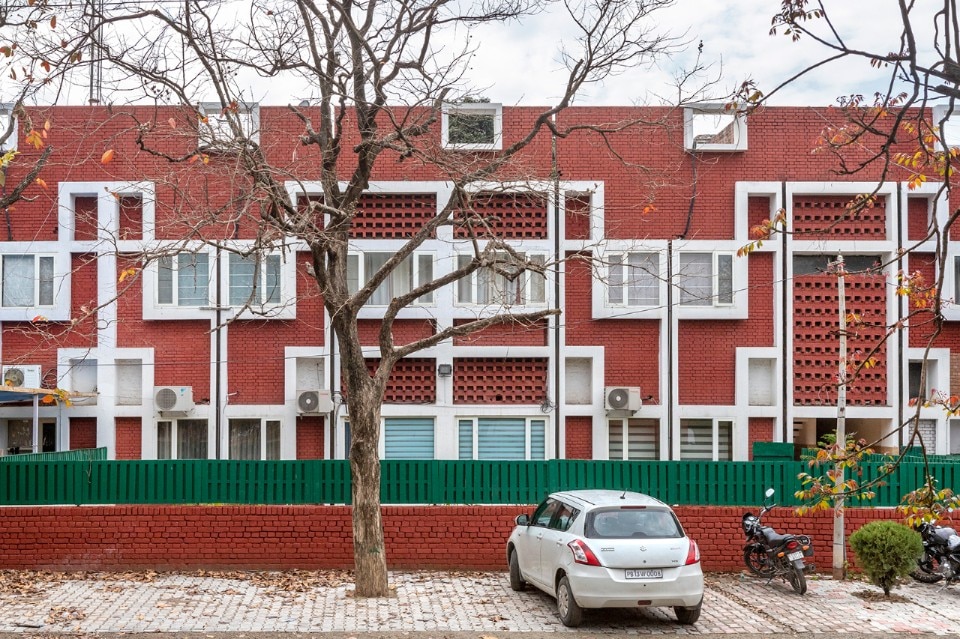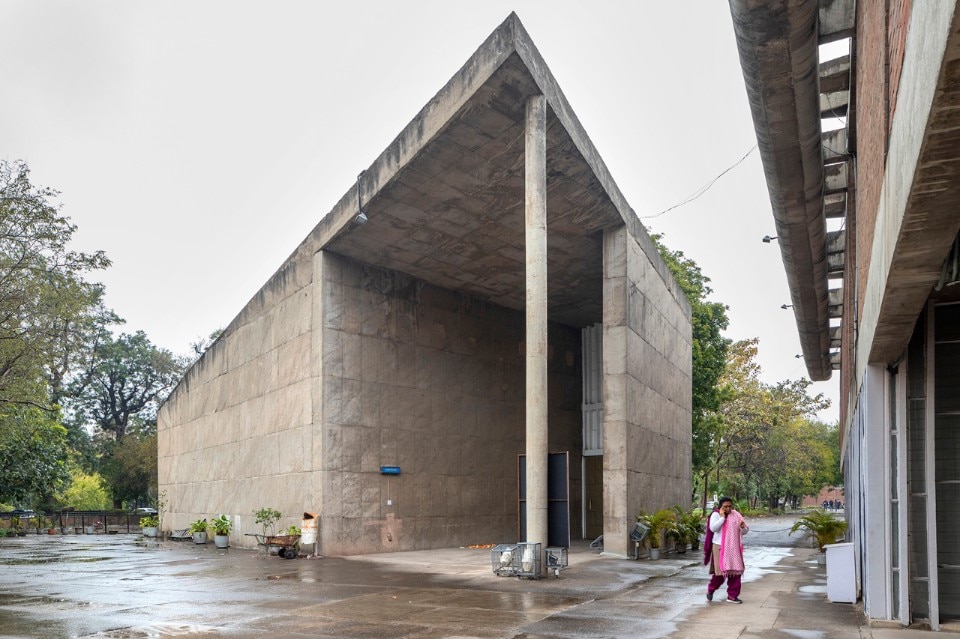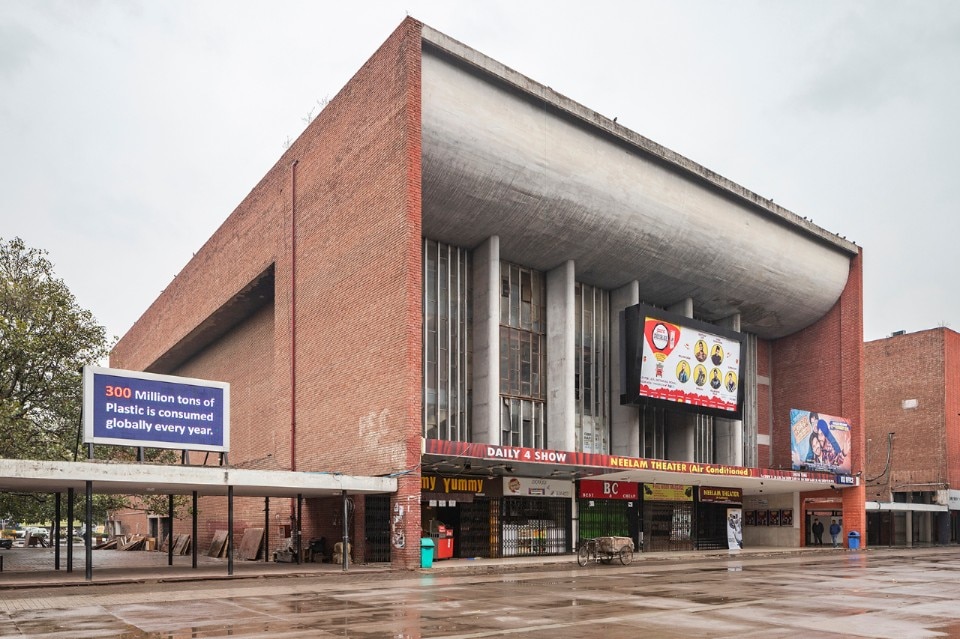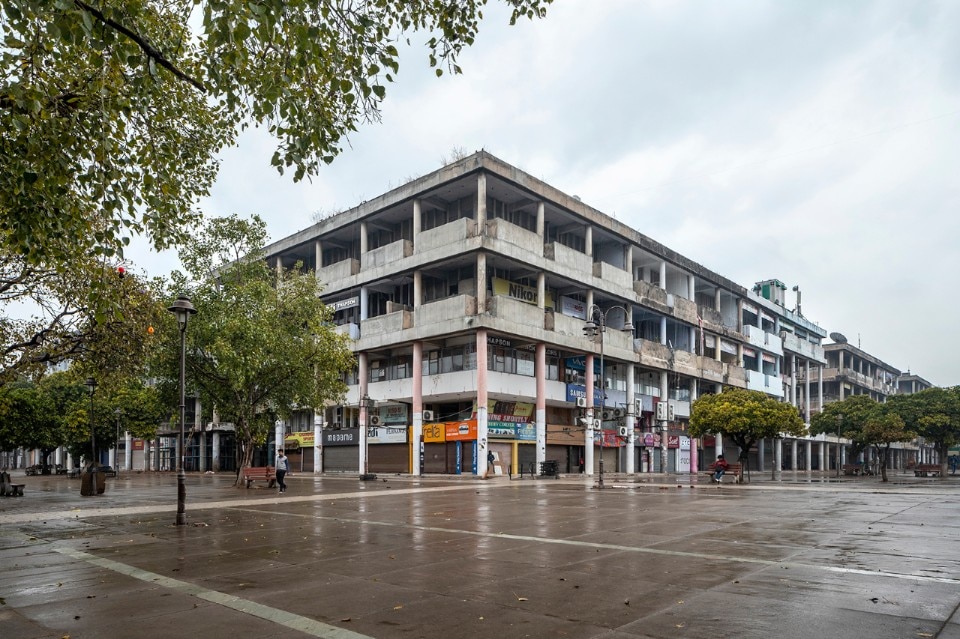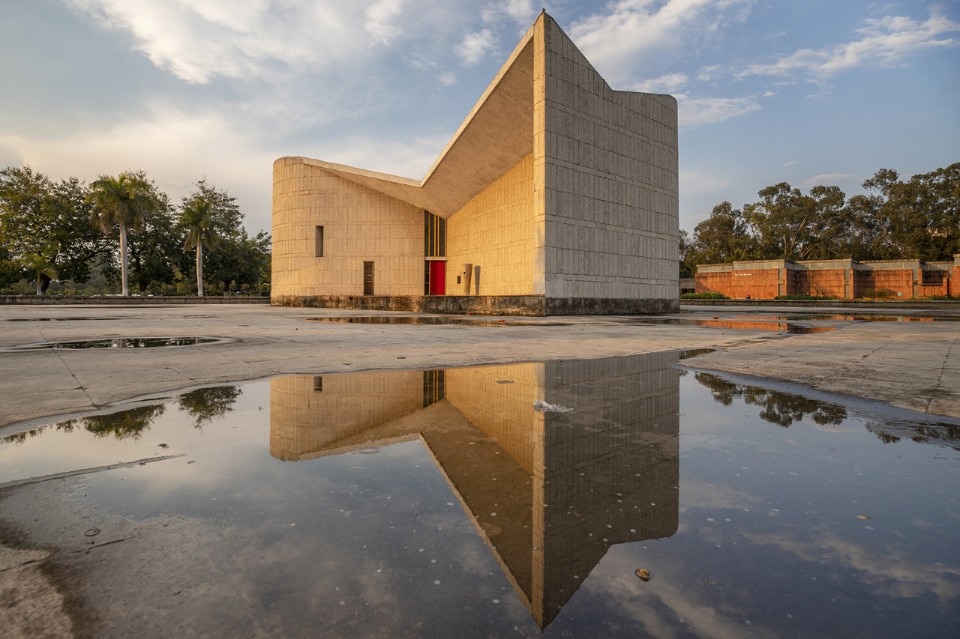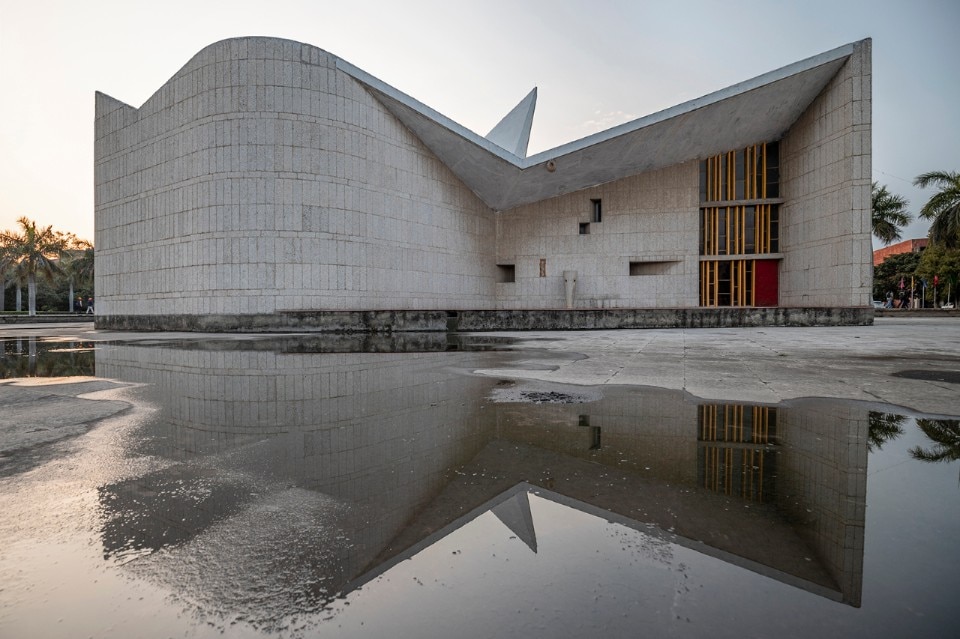Founded in 1953, Chandigarh serves as the capital for two states in India, the Punjab and the Haryana. The American urban planner Albert Mayer and the Polish architect Maciej Nowicki were initially called to design it, but the original masterplan was later taken over and reworked by Le Corbusier and his cousin Pierre Janneret, and Chandigarh is now known as the utopian modernist city dreamed by the two Swiss architects.
Pierre Jeanneret, in particular, was involved very much in the assignment, dedicating almost his entire life to it, to the point that he asked to disperse his ashes in the local Lake Sukhna.
An important and not always remembered fact is that many Indian colleagues joined the group of Western architects. The Indian authorities specifically requested in the contract that the Europeans should settle in the area where Chandigarh would arise throughout the period of their assignment (a condition from which only Le Corbusier was exempted). The Indians correctly considered the genesis of the city as an extraordinary training opportunity for a new generation of local architects who could have continued the work independently.
Chandigarh is characterized by a hierarchical division of the urban functions, established on a grid made up of fast-traffic roads that separate, in a remarkable way, different blocks of similar dimensions. Within these, the individual architectural components still represent distinctive features that identify specific areas (residential, recreational, commercial, institutional or academic). Therefore, next to the famous and outstanding Capitol Complex by Le Corbusier, the exploration of Chandigarh unveils a very large number of modernist structures, such as the tower of the Student Center University of Panjab, the ramp of a suburban stadium or the Gandhi Bhawan of Pierre Jeanneret and many others.
Decades after its construction, the debate on the effects of the urban model adopted in Chandigarh is still open, but the different projects that were realized are still able to stimulate much interest, both architectural and visual, and still allow to get the peculiar charm felt by Pierre Jeanneret himself, back in the days.
Roberto Conte (1980), began photographing in 2006, initially exploring the industrial ruins around Milan and gradually expanding his range of activity to different types of abandoned places and architectures across Europe and more. He developed a particular interest for the architecture of the twentieth century: from the rationalist and constructivist avant-garde to brutalism and Soviet modernism. His images have been published on several magazines and books. In 2019, together with Stefano Perego, he published the book “Soviet Asia” (FUEL).


